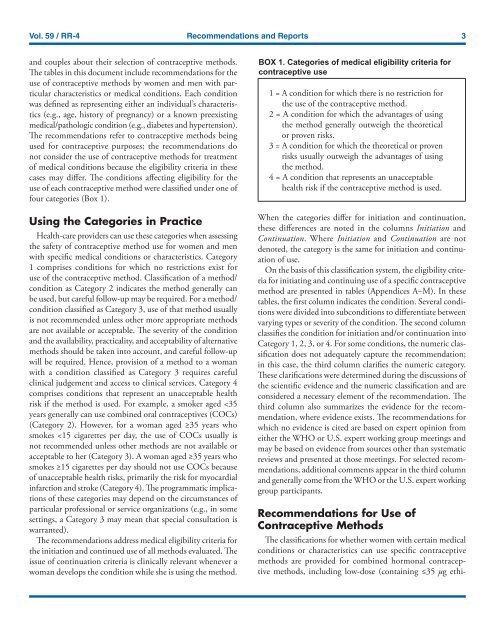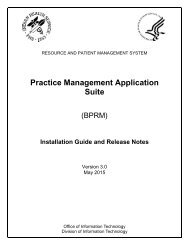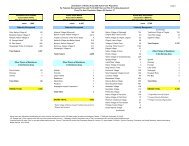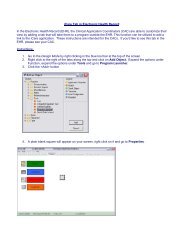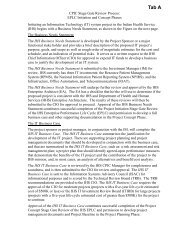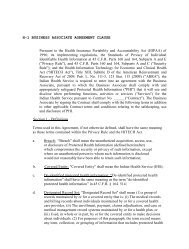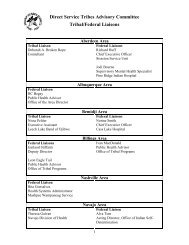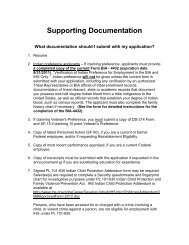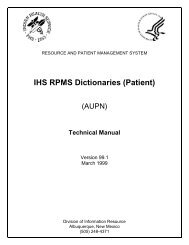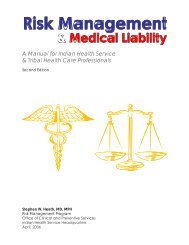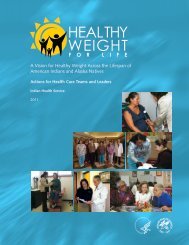CDC Article-US Medical Eligibility Criteria for Contraceptive Use, 2010
CDC Article-US Medical Eligibility Criteria for Contraceptive Use, 2010
CDC Article-US Medical Eligibility Criteria for Contraceptive Use, 2010
You also want an ePaper? Increase the reach of your titles
YUMPU automatically turns print PDFs into web optimized ePapers that Google loves.
Vol. 59 / RR-4 Recommendations and Reports 3<br />
and couples about their selection of contraceptive methods.<br />
The tables in this document include recommendations <strong>for</strong> the<br />
use of contraceptive methods by women and men with particular<br />
characteristics or medical conditions. Each condition<br />
was defined as representing either an individual’s characteristics<br />
(e.g., age, history of pregnancy) or a known preexisting<br />
medical/pathologic condition (e.g., diabetes and hypertension).<br />
The recommendations refer to contraceptive methods being<br />
used <strong>for</strong> contraceptive purposes; the recommendations do<br />
not consider the use of contraceptive methods <strong>for</strong> treatment<br />
of medical conditions because the eligibility criteria in these<br />
cases may differ. The conditions affecting eligibility <strong>for</strong> the<br />
use of each contraceptive method were classified under one of<br />
four categories (Box 1).<br />
Using the Categories in Practice<br />
Health-care providers can use these categories when assessing<br />
the safety of contraceptive method use <strong>for</strong> women and men<br />
with specific medical conditions or characteristics. Category<br />
1 comprises conditions <strong>for</strong> which no restrictions exist <strong>for</strong><br />
use of the contraceptive method. Classification of a method/<br />
condition as Category 2 indicates the method generally can<br />
be used, but careful follow-up may be required. For a method/<br />
condition classified as Category 3, use of that method usually<br />
is not recommended unless other more appropriate methods<br />
are not available or acceptable. The severity of the condition<br />
and the availability, practicality, and acceptability of alternative<br />
methods should be taken into account, and careful follow-up<br />
will be required. Hence, provision of a method to a woman<br />
with a condition classified as Category 3 requires careful<br />
clinical judgement and access to clinical services. Category 4<br />
comprises conditions that represent an unacceptable health<br />
risk if the method is used. For example, a smoker aged


